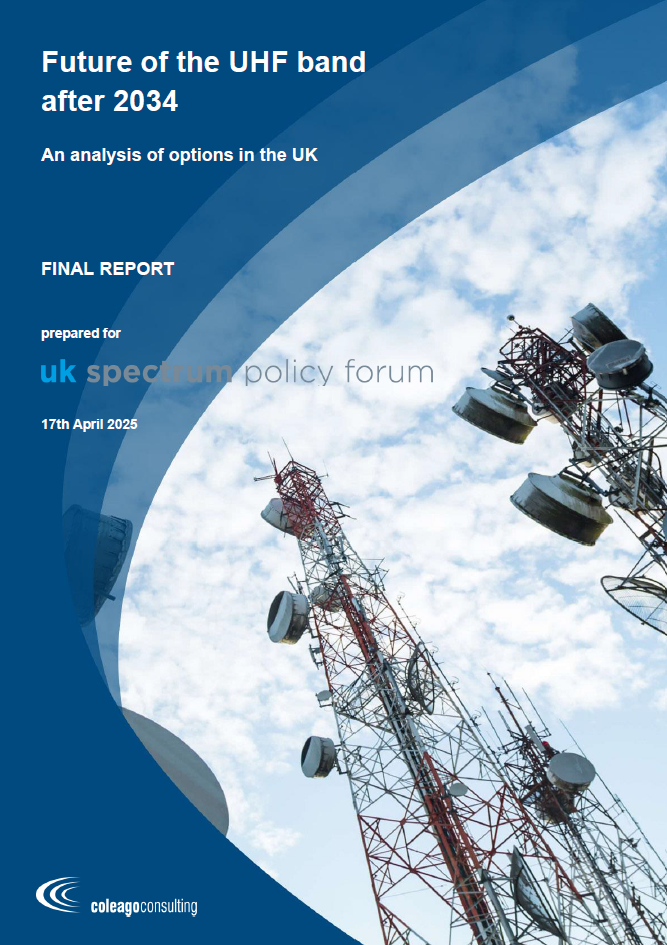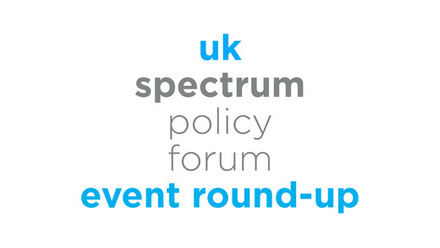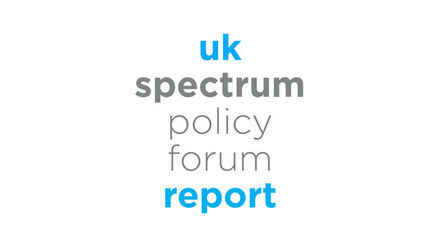UK SPF Report: Future of the UHF band after 2034 - An analysis of options in the UK
The UK Spectrum Policy Forum (UK SPF) commissioned a second study from Coleago Consulting to launch a new report titled “Future of the UHF Band After 2034: an analysis of options in the UK.” The study assesses how the UK's 470–694 MHz Ultra High Frequency (UHF) band—currently vital for Digital Terrestrial Television (DTT), Programme Making and Special Events (PMSE), and mobile communications—can be optimally managed after current DTT licenses expire in 2034.
As demand for spectrum intensifies, the study emphasizes that no single future scenario will meet the needs of all stakeholders, making it imperative to pursue carefully balanced policy decisions.
The report underscores the continuing importance of DTT, which remains a primary source of television access for nearly half of UK households. While the rise of online content is reshaping viewing habits, the potential withdrawal of DTT risks exacerbating digital exclusion.
In contrast, the mobile communications sector is experiencing surging demand for sub-1 GHz spectrum to improve rural coverage and relieve network congestion.

Failure to allocate more spectrum to mobile networks could deepen digital inequality and limit economic growth. Meanwhile, PMSE services—crucial to the UK’s £124 billion creative sector—depend on the UHF band for high-quality wireless audio used in live events and broadcasting. Due to its predictable and localised nature, PMSE usage offers opportunities for shared spectrum solutions with other services.
Core Findings
- DTT remains critical for nearly half of UK households, especially vulnerable groups, despite the shift to online platforms. Removing it risks deepening digital exclusion.
- Mobile communications demand more sub-1 GHz spectrum to meet rural coverage and growing data needs; without reallocation, digital inequality may worsen.
- PMSE underpins the UK’s £124 billion creative sector, yet its localised and predictable use patterns make it suitable for spectrum sharing.
Future Scenarios
To chart a path forward, the report explores five future scenarios for DTT beyond 2034. These scenarios range from maintaining the current number of multiplexes, which is considered unlikely, to a complete transition to internet-based television (IPTV) by 2035. Each option is assessed based on technical feasibility, economic implications, impact on PMSE, and the potential to free up spectrum for future mobile broadband services, particularly in the IMT600 band.
The report puts forward several policy recommendations aimed at minimizing disruption while optimizing the use of UHF spectrum. These include developing robust dynamic sharing systems between mobile networks and PMSE, especially in rural regions; expanding affordable fixed broadband infrastructure to reduce dependence on mobile networks; and supporting modernization of DTT through advanced technologies like MPEG-4, HEVC, VVC, and network upgrades such as Single Frequency Networks (SFNs). Additionally, aligning UK policy with European spectrum strategies is recommended to enhance cross-border compatibility and cost efficiency.
To ensure socio-economic balance and optimal spectrum use, the report suggests:
- Dynamic spectrum sharing between mobile and PMSE, especially in rural zones.
- Investment in fixed broadband to alleviate mobile network strain.
- Modernisation of DTT, including upgrades to efficient technologies (MPEG-4, HEVC, VVC, SFNs).
- International coordination with European spectrum frameworks.
Technical and Economic Evaluation
A key part of the study involves evaluating the technical and economic viability of DTT network upgrades and the potential reallocation of spectrum. The study reviews options like transitioning to DVB-T2, improving coding efficiency, and restructuring multiplex licensing models. It also explores how geographic protections and localized licensing could support PMSE continuity amid spectrum reassignments. Financial analysis within the report suggests that auctioning the IMT600 band could generate up to £980 million for the UK government, with broader economic benefits stemming from improved digital connectivity, particularly in underserved areas.
By integrating technical assessments, stakeholder insights, and economic modelling, the study lays the foundation for informed decisions that will shape the UK’s digital infrastructure well beyond 2034.
This comprehensive study sets the groundwork for strategic, balanced, and inclusive decisions about the future of the UHF band. It positions the UK to lead in spectrum efficiency while safeguarding key public and economic interests in broadcasting, events, and connectivity. Coleago’s work ensures the UK is well-positioned to lead in the efficient and equitable use of this vital national resource.
Contact us

Tales Gaspar
Tales has a background in law and economics, with previous experience in the regulation of new technologies and infrastructure.

Sophie Greaves
Sophie Greaves is Associate Director for Digital Infrastructure at techUK, overseeing the Communications Infrastructure and Services Programme at techUK, and the UK Spectrum Policy Forum.





